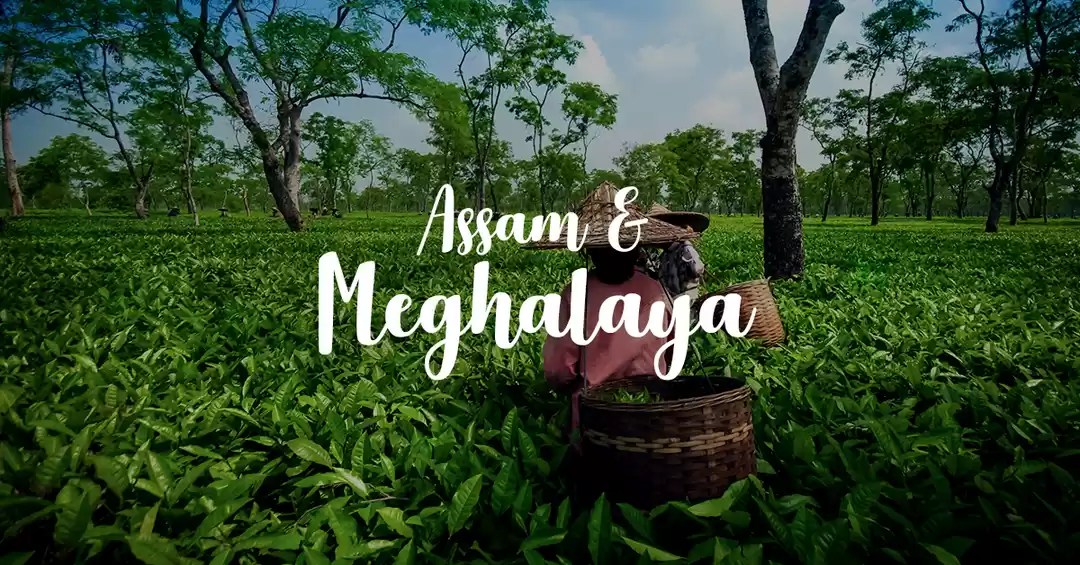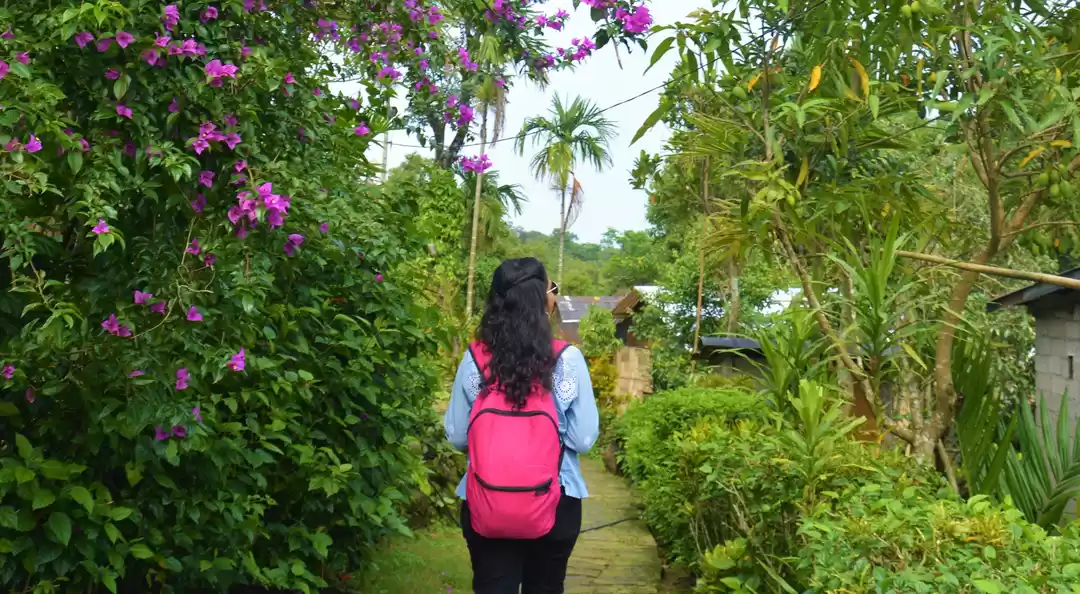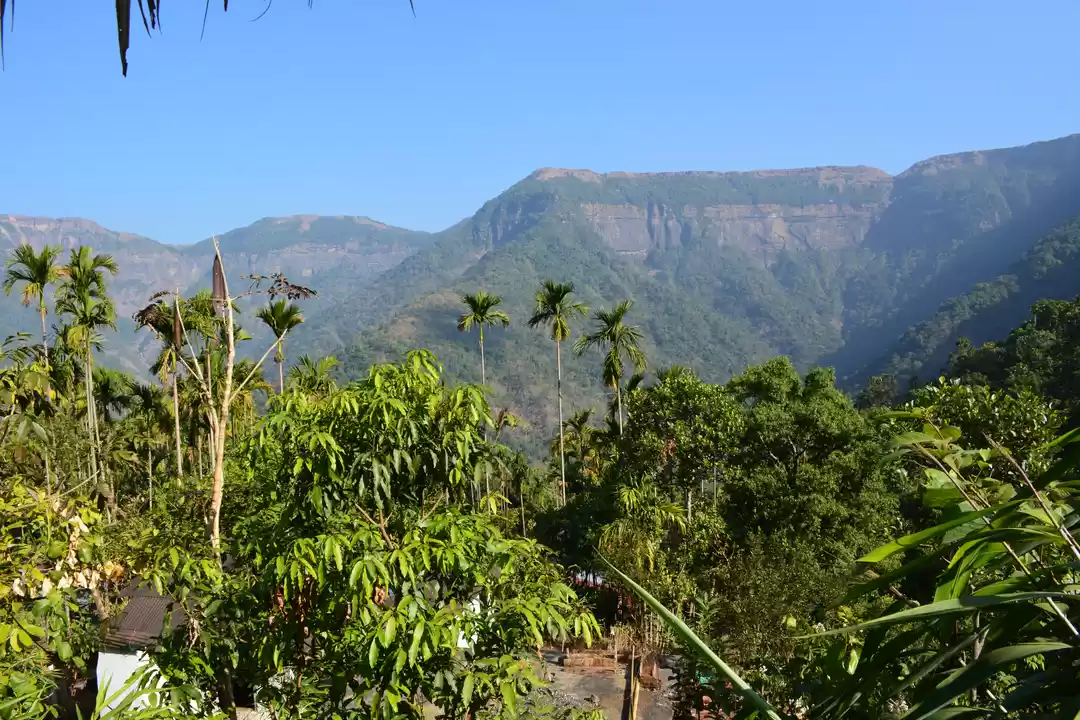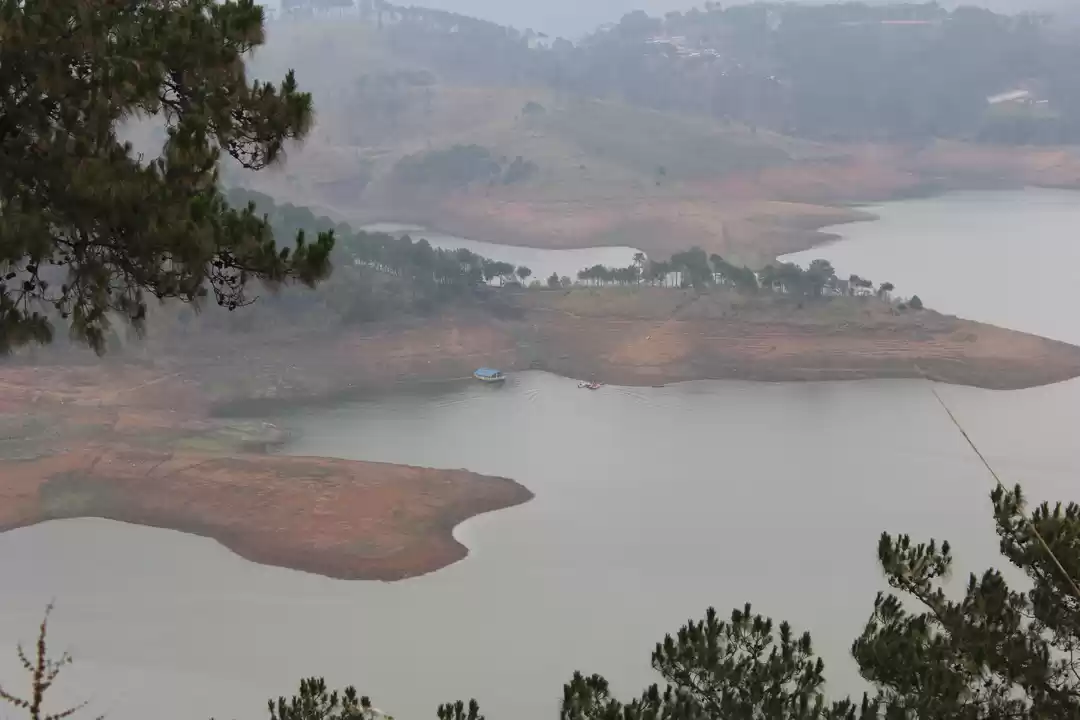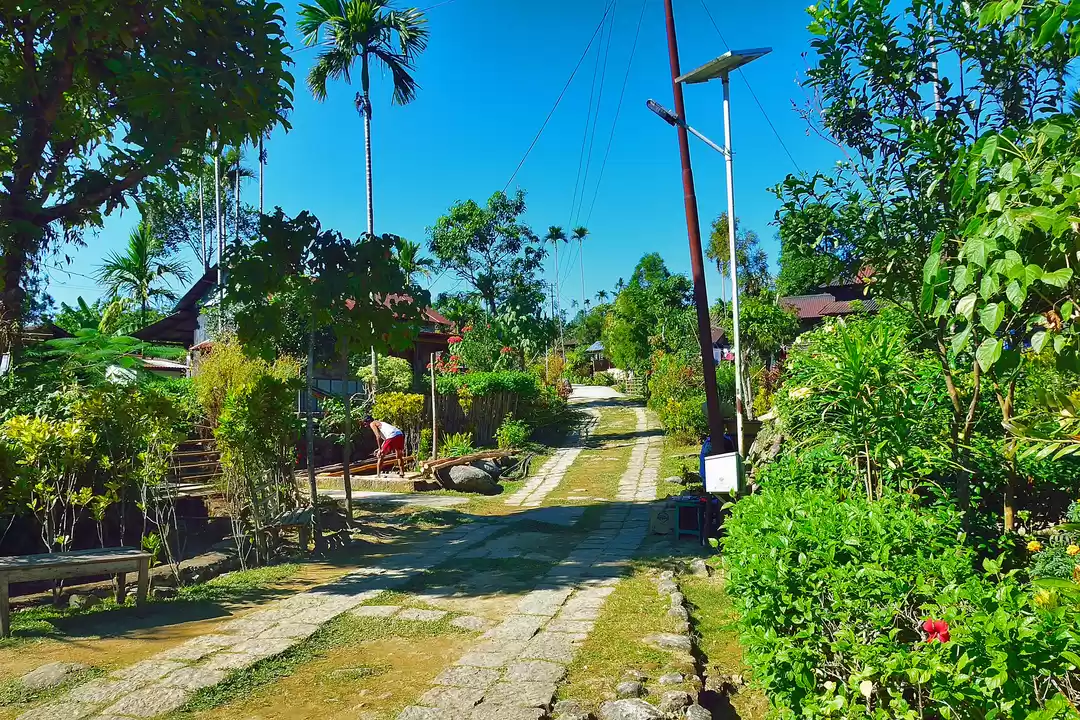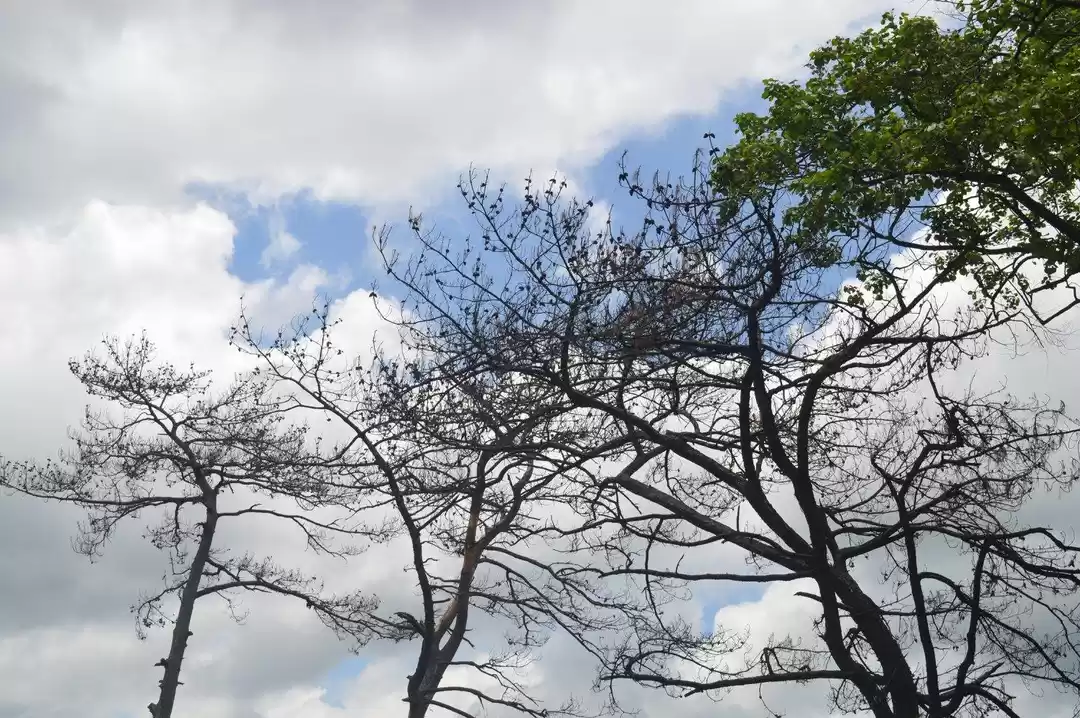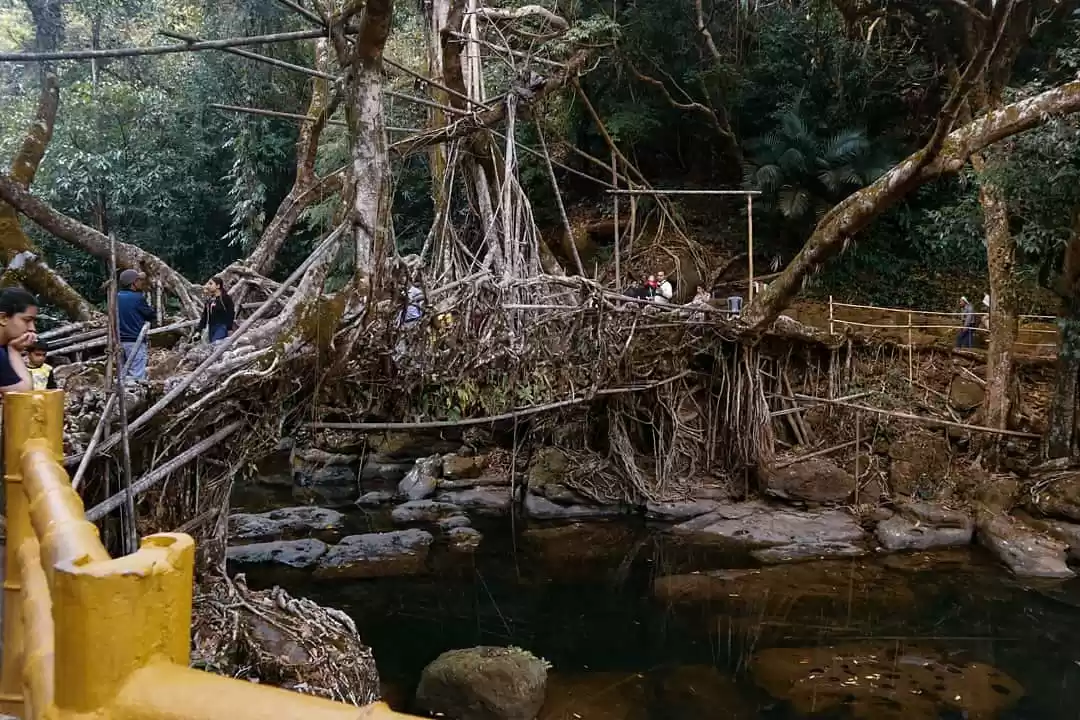
During my trip to the living root bridges of Meghalaya, I was supposed to stay in Mawlynnong for a couple of days. A quick google search revealed that among other things, Mawlynnong had the unique distinction of being Asia‘s cleanest village. Frankly, I could not frame much of an idea of what that would mean. I was to figure out soon.
The village hangs right on the cliff of the Wahthyllong rapids. Deep inside Meghalaya and almost on the edge of the Indo-Bangladesh border, Mawlynnong is an extremely beautiful place with the most welcoming and smiling community of people I have ever met.
It was also the cleanest place I have ever been to.
Cleanliness in Mawlynnong is not just about keeping the place clean or collecting garbage at selected places. It’s more about a way of life. For instance, the villagers all chip in with a few rupees for a gardener whose job is to keep the place spotlessly clean or the fact that from a very early age children are taught to collect garbage in bamboo containers. Coming from a different culture I certainly did not understand that code completely but it left an enduring impression.
My home during this short stay was atop a tree house in Mawlynnong. This is the only place to stay near the living root bridge. Immaculately clean and exotically beautiful, the village of Mawlynnong is also home to the most welcoming and smiling community I have ever met. I reached there at night, stayed atop a beautiful machan right over a rambling rapid and the next morning I was on my way to the living root bridge.
A morning trek by the King’s Way
About one and a half kilometre from Mawlynnong a yellowed with time and weather notice board read, 'Riwai Village. Living Root Bridge. Jingkieng Jri: 400 M.' The trek downwards began with a flight of moss-laden, spongy, dewy-wet stairs that led the way towards the distant sound of a rapid rambling above a stone bed somewhere below. The track went through the beautiful, clean, peaceful and unusually silent Riwai village. At one point, the steps bifurcated as another spongy, stony track went towards left, leading into the forest. This was the King’s Way.
Used for carrying betel nut leaves, it has connected all the villages in Meghalaya with Shillong for centuries through an intricate network. The track meandered away into the green silence for a while before disappearing through the next bend. Suddenly, you would be inside a forest of enchanting green magic. A single branch of leaves may bend in in a truly royal way, a wild boar may be observing your steps silently from behind a tree, a wild black cat with shining eyes may stalk you with its quick, silent steps…
On the main track, a rare mountain flower bloomed. Its vibrant colours somehow found their way amidst the incredible green all around. Sun rays from a cloud-free, early morning Himalayan sky peeped through the green cover above, creating a chiaroscuro of soft, golden-white and deep, throbbing greenery.
The earlier sound of the distant rapid now became more prominent - the sound of a river leaping across a stone bed in full mirth.
An art in organic engineering
The nearly half a kilometre stretch of stairs suddenly opened up in front of an arched gateway to the living root bridge - a massive and magnificent banyan tree. The slightly triangular, pyramid-shaped trunk was one of the tallest in the surrounding forest. Its roots spread across the breadth of the rapid to meet with the roots of another banyan tree planted on the other bank. It was a fantastic sight, something that had an air of something unreal.
Created about 150 years ago, the bridge is an art in organic engineering. It was created by planting two bamboo trees on each bank of the rapid. A bamboo was initially planked across it to secure the roots from both the trees. With time the roots superseded the original bamboo plank and then over the centuries weaved themselves around it in intricate networks across. So much so that it became strong enough to lay stone pavements on it as well as to implant handrails, which are of course extensions of the roots themselves.
The bridge was created to endure the frequent and often ferocious flash-floods in the area. These floods would blow away any normal bridge but for the root bridges; it’s different as nature finds a way here. Due to its make, there are numerous pores in the bridge. During the flash-floods, the water from the rapid channels through these pores as well as other natural outlets, leaving the main structure intact.
Till date, every single day, the bridge is maintained by the community who lives in the village about half a kilometre above.
On a fairytale morning, in a fantasy world
Somewhere down the rapid, near the bridge, the centuries-old majestic banyan tree reflected off the flowing water of Wahthyllong rapid. Its roots kept hanging over the rapid‘s crystal clear water. Soft, early morning sunlight was streaming on to the water, weaving a fantasy world of light and shadows beneath the bridge.
There was a massive, brownish rock under the water with evenly curved holes in it. Those were the fish nests. Strange green mosses clung themselves around these nests. Green and a vermilion tinged yellow formed a strangely beautiful triangle over the rest of the sun-bathed water…
Somewhere around a reddish dead leaf had nestled itself around a green, moss-laden, beautifully crafted stone-hole.
And amidst all that flowing life, there was a small, almost circular stone-hole near the rapid-bed. Rainwater had filled it to the brim earlier and the miniature natural mirror now reflected the branches of the mighty tree beside in its tiny crater.






After several years I went to the same place again this June. I was a little apprehensive about how a place that I had loved so much the first time would be like now. As it turned out, the place had largely retained its charm. However, unlike earlier, the aura of absolute solitude is not there any more. Fame does bring a certain type of cost with it.
That said, Mawlynnong village is still sparkling clean and is an example of how to live in sync with nature. The living root bridge is still there and to ease pressure on it, a bamboo bridge has been created right next to it. In the early mornings, before the tourists flock in droves from Shillong, the hike from Mawlynnong to Riwai is worth doing and the garden of Mawlynnong is an amazing thing to see.
In short, if you have not been there yet, it's still totally worth going. Here are some glimpses from my last visit to the same place.





It was a relatively easy day at the office. I had some spare time and was just googling around randomly about Himalayan wonders when I stumbled upon a blog post by Human Planet's 'Timothy Allen', about the living root bridges of Meghalaya.
The post began with a decidedly intriguing photograph. It was of a massive, gigantic root of a banyan tree across a river. It was not just a plain root. A dense network of branches was arched over an intricately curved network of roots and creepers that ran right across the breadth of a mountain stream.
Sure enough, I went backpacking to the easternmost corner of the East Khasi Hills near the Indo-Bangladesh border.
Reliving a memory - an update from a more recent visit.
Frequent Searches Leading To This Page:-
8 days magical meghalaya tour package, guwahati meghalaya trip, shillong meghalaya tour package, delhi to meghalaya trip, 3 day trip to meghalaya




